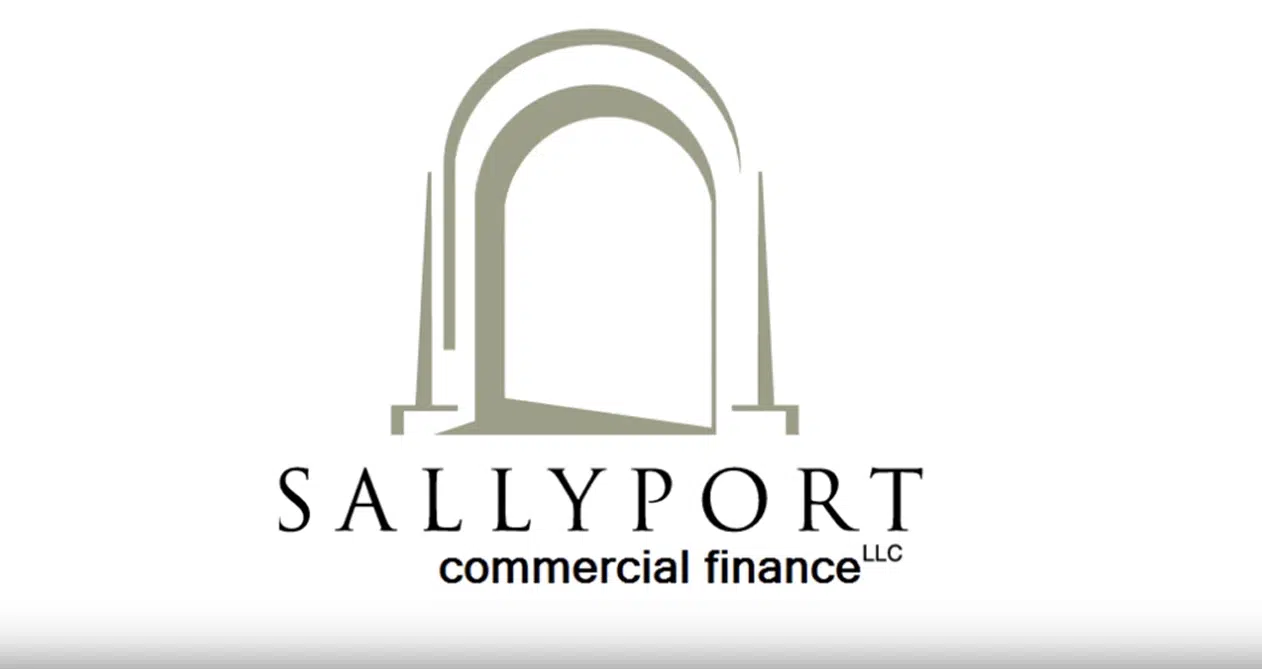Articles & Videos
Does Your Business Qualify for the ERTC Tax Credit?

The Employee Retention Tax Credit (ERTC) was established in 2020 as part of the CARES act in order to encourage employers to retain employees despite the negative economic effects of the pandemic.
The program is administered by the IRS and has many benefits for businesses, however NFIB research suggested that only 4% of small business owners are familiar with it and just 8% utilized it in 2020.
Since it started, the ERTC has undergone several changes to qualification criteria and deadlines have moved, so combined with all the other information business owners had to take in, there’s possibly been a level of confusion around what it is and how it can help.
What is the Employee Retention Tax Credit exactly?
The ERTC is a small business tax credit with a maximum potential refund of up to $26,000 per full time employee across the tax years 2020 and 2021.For the purpose of the program, a full time employee is defined as employees that work 30 hours or more in a week or 130 hours or more in a month.
The credit may be claimed against federal employment taxes using qualified wages and healthcare expenses paid to employees between March 13, 2020 and December 31, 2021.
The definition of qualified wages changed from year-to-year, adding complexity to the calculation for some businesses. For 2020, if you employed over 100 people, you were only eligible to claim qualifying wages for employees who were retained but unable to work as services were not being provided during the pandemic. For 2021, this changed to allow employers with an average of 500 or more employees to claim on the same basis; employees were retained but unable to work due to “lockdown’ mandates. This allowed many more businesses to take advantage of the ERTC.
For a smaller business with less than 100 employees, in 2020, you would be eligible to claim the tax credit on all employees, whether they were working or not and for 2021, any business with fewer than 500 employees could claim on all employees, again, whether they were working or not.
Even if you haven’t yet applied for the credit, you may still be able to claim if the business is eligible.
Which Businesses are Eligible for ERTC?
Eligibility is based upon 2019 tax records for most businesses. Any private business or non-profit organization can claim the ERTC so long as they meet one of the following criteria;
- For the 2020 Tax Credit – Your business experienced a 50% decline in gross receipts during any quarter of 2020 versus the same quarter in 2019;
- For the 2021 Tax Credit – Gross receipts for a single quarter of 2021 decreased by 20% versus the same quarter of 2019;
- Your business was ordered to limit, partially or fully suspend operations by local, state or federal governmental order.
Are there any Restrictions on Eligibility for ERTC?
This is where it might be a little more complex depending on your situation. In essence, any business regardless of size can claim the Employee Retention Tax Credit, however businesses are not able to ‘double benefit’ by claiming on wages through both the ERTC program and PPP forgiveness for example.
We would suggest seeking advice from a qualified CPA in order to maximize the benefit of the ERTC alongside PPP forgiveness; you may be able to apply non-payroll related expenses to PPP for instance.
New Businesses
For new businesses that only started during 2020, you may still qualify for the ERTC if you meet the ‘suspension of operations’ criteria, however, you will use 2020 as your base year for comparison for a 2021 claim.
For startup businesses that don’t qualify under the traditional rules, the ‘American Rescue Plan‘ expanded the ERTC program in March 2021, to allow businesses formed after February15, 2020 some relief under specific ‘Recovery Startup Business’ criteria. A qualifying ‘Recovery Startup Business’ can claim for Q3 and Q4 of 2021 provided their average annual gross receipts are no more than $1M and the value will be capped at $50,000 per quarter.
Determining Full or Partial Suspension
When determining full or partial suspension of business operations, it’s important to note that this relates to how the business conducts their activities, it doesn’t relate to revenue; a business may have increased its revenue during a quarter and still be eligible for ERTC under these rules if a nominal amount of business was suspended by the government order. As an example, if you were a retailer and were ordered to close a store, should more than 10% of business revenue have been coming from the store in the corresponding quarter of 2019 or 10% of the total personnel hours related to that store in 2019, then the business may still be eligible. It may also be the case that you were only eligible to a claim for part of a quarter as it applies only to the time the business was affected by a lockdown order.
Which Employees Wages Can be Included?
TaxAdviser.com outlined the IRS clarification for who can and cannot be included as qualified wages for the purpose of claiming ERTC. Wages that cannot be included in a claim include;
- Majority owners owning more than 50% of the the value of an organization’s outstanding stock or more than 50% of capital and profit interest of other entities;
- Wages of any individual related to a majority owner including; Spouses, child or descendant of a child, brother, sister or step brother or step sister, father or mother or an ancestor of either, step father or stepmother, niece or nephew, aunt or uncle, in-laws including son, daughter, father, mother, brother or sister or someone who had the same principal place of abode as the taxpayer and is a member of the household.
Seek Professional Advice
Government guidelines can be frightening and complex, particularly as the rules have constantly changed. If you need further information on how to submit a claim and minimize your business’ tax burden, reach out to your tax advisor for assistance.
The deadline for most businesses to make a claim for the ERTC is March 12, 2023 and even if you haven’t applied for it previously, you should be able to submit a retrospective claim for up to 3 years after the original filing by submitting a form 941-X to adjust the prior filing. If applying for the first time, you would need to submit form 941 – Employer’s Quarterly Federal Tax Return.
Sallyport are not specialists in tax nor accounting so we would always suggest consulting with a qualified tax professional for advice pertaining to your particular business and eligibility.
If you don’t currently have an accountant, The CPA Directory allows you to search from over 600,000 Certified Public Accountants. Don’t hesitate to reach out to us for any commercial finance advice.
Search
News
$1M Funding Fuels Agri-Business Growth Across Borders
Sallyport is pleased to announce a new partnership with a Canadian agriculture business, providing a $1,000,000 Accounts Receivable facility to…
Read MoreFueling EdTech Growth with $5.5M in Tailored Financing
Sallyport is excited to support a forward-thinking education technology company with a $5.5M combined Asset-Based Lending facility, including Accounts Receivable…
Read MoreArticles
10 Common Cash Flow Problems for Businesses
Cash flow is a fundamental metric that’s used as an indicator of the financial health of a business. In essence…
Read MoreWhere to Find Funding for Dropshipping Businesses
Dropshipping can be a very low-cost way to start an e-commerce business. You can think of it as using a…
Read MoreVideos
What is Factoring?
Here we explain what exactly factoring is and how we can help your cash flow…
View Now



